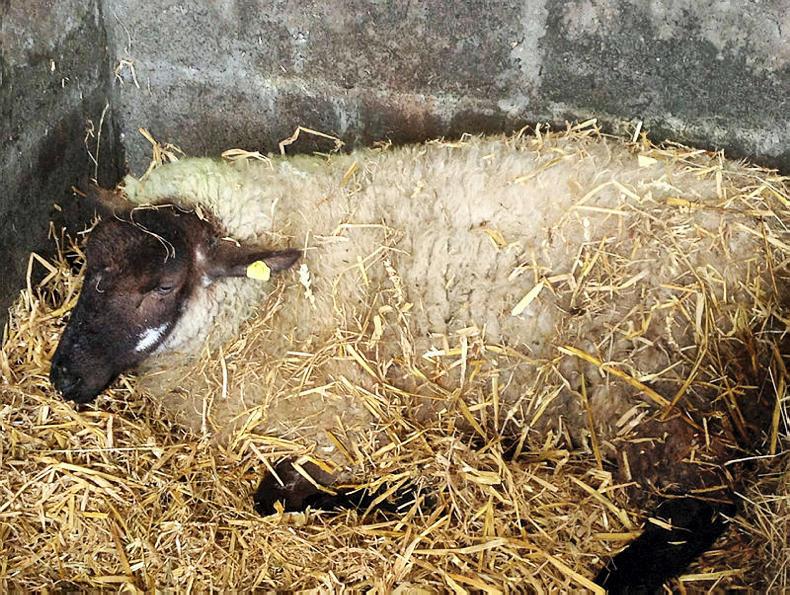Mannheimia haemolytica is probably the most common of these in sheep. It is a major cause of pneumonia, septicaemia, mortality in lambs and older sheep and mastitis in ewes.
Cause
Inclement weather can result in an elevation in deaths due to pasteurellosis. Other risk factors include stress from change in nutrition as well as management eg housing, handling, mixing etc. Pasteurella organisms are carried in the tonsils of most sheep and proliferate down in the lungs at times of stress, leading to pneumonia or systemic disease (septicaemia).
Symptoms
The symptoms include severe depression and a reduced appetite. The affected animal may also be isolated from the flock. The onset can be so sudden on occasion that the first indication of pasteurellosis may be the discovery of a dead sheep. Other symptoms also include diarrhoea and septicaemia while a fever can also be common.
Treatment
The disease may be treated with a wide range of antibiotics though the stress of gathering stock for treatment may increase fatality rate. However, where infection is active in a group, there is likely to be more mortality anyway, so this is a risk that just has to be taken.
Prevention and control
Where pasteurellosis is a problem, a combined clostridial/pasteurella vaccine should be used. A primary course of two doses, four to six weeks apart, is required for pasteurella protection. Failure to follow the course requested by the manufacturer is ridiculous, as the full course is required to develop the immunity conferred by the vaccine. A single injection does not provide any meaningful immunity, and is a waste of the vaccine administered as well as the labour in gathering the sheep and administering the vaccine.
Pasteurella organisms are present in every flock but whether they cause disease or not is largely determined by management etc. For this reason it is important that stresses that are put on an animal are kept to a minimum. Maternally derived protection in young lambs lasts approximately four weeks.
Various forms of pasteurellosis exist in sheep and this must be taken into account when deciding on what vaccine to use as some vaccines will only cover certain strains such as mannheimia haemolytica, pasteurella multocida and bibersteinia trehalosi. There are also different vaccines depending on the likely destination of the lambs, with different vaccines recommended for lambs destined for breeding purposes and those destined for slaughter.
In replacement ewes, a single annual booster is recommended at least four weeks before lambing is due to provide protection to the newborn lamb. These vaccines usually combined with clostridial disease vaccines which are also a huge cause of mortality in neonatal lambs. This is a hugely cost-effective vaccine for sheep farms.






 This is a subscriber-only article
This is a subscriber-only article










SHARING OPTIONS: